
This logo isn't an ad or affiliate link. It's an organization that shares in our mission, and empowered the authors to share their insights in Byte form.
Rumie vets Bytes for compliance with our
Standards.
The organization is responsible for the completeness and reliability of the content.
Learn more
about how Rumie works with partners.
Panic attacks can be debilitating, come on suddenly, and cause "intense surges of fear, panic, or anxiety."
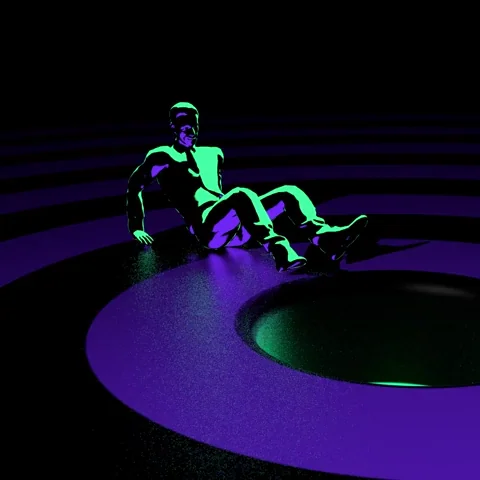
They're overwhelming and affect you not only emotionally but physically as well. They can feel like you're being sucked into a dark place with no way out. But there are ways to deal with and overcome panic attacks.
If you're thinking, "How do I stop a panic attack in the moment?" you can use mindfulness techniques to manage your symptoms.
Anxiety attack or panic attack?
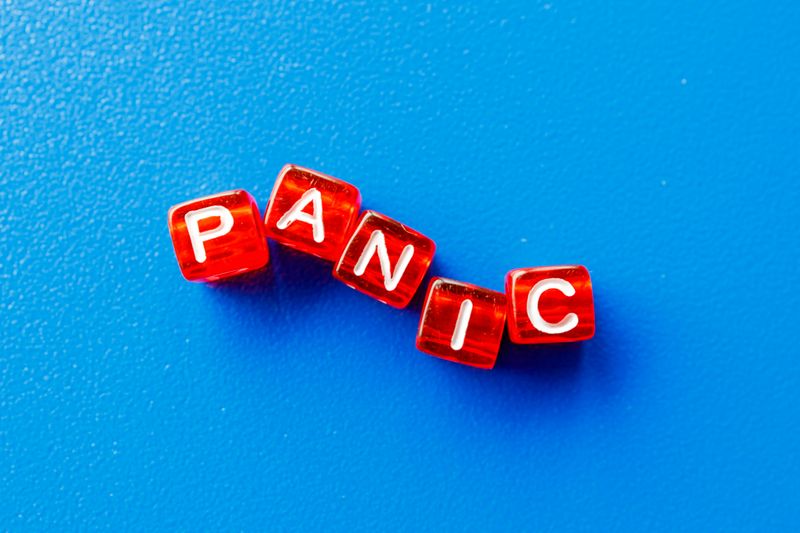 Photo by Andrey Metelev on Unsplash
Photo by Andrey Metelev on UnsplashPanic attacks can be triggered by anxiety. However, anxiety attacks and panic attacks aren't the same. Anxiety attacks often have clear triggers, while panic attacks come on suddenly and without warning.
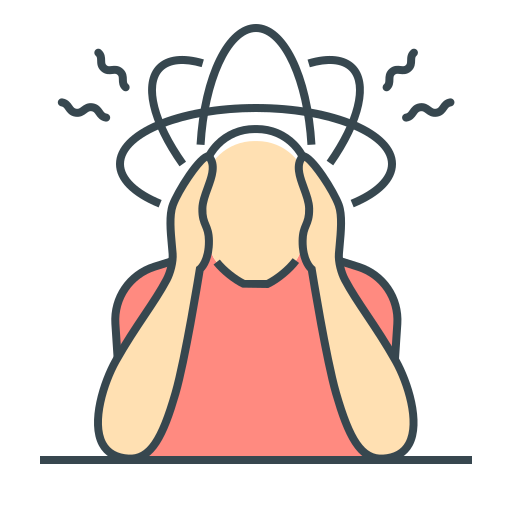 Signs of a panic attack:
Signs of a panic attack:
Feeling like you're going to die or you're in immediate danger
Your heart rate goes up quickly
You get chills and experience hot flashes
Feeling like your throat is closing
You feel like you have to throw up, or you get bad stomach cramps
You feel like you have to faint, or you can't maintain your balance
Quiz: Jamie's attack

Jamie, a 28-year-old office worker, is in the middle of a team meeting when she suddenly begins to feel overwhelmed. Her heart starts pounding rapidly, and her breathing becomes shallow and fast. She feels intense fear but can't identify any specific reason for it. Jamie's hands tremble, and they begin to sweat profusely.

As the meeting continues, Jamie feels like the walls are closing in. She worries she might faint or lose control. After about 10 minutes, the episode peaks, but she remains on edge for the rest of the day, feeling fatigued and unsettled.
Quiz
What most likely happened to Jamie?
Panic attacks are connected to sudden, intense fear or discomfort that peaks within minutes, often without a clear trigger. While Jamie most likely experienced a panic attack, she should speak to a doctor to confirm it.
How do I stop a panic attack with deep breathing?
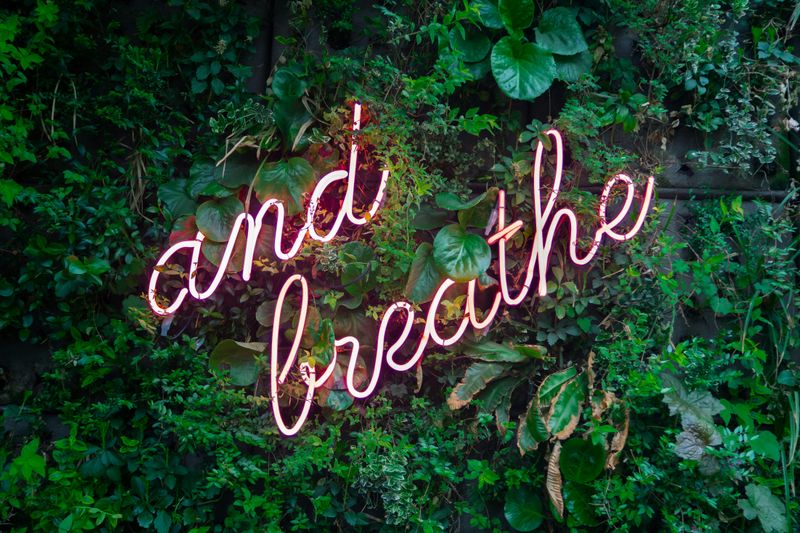 Photo by Max van den Oetelaar on Unsplash
Photo by Max van den Oetelaar on UnsplashDuring a panic attack, you may experience hyperventilation or even loss of breath. Deep breathing can help you relax and regain normal breathing.
 Try this deep breathing exercise:
Try this deep breathing exercise:
Slowly inhale through your nose for a count of four. Allow the air to fill your chest and diaphragm
Pause for a moment.
Slowly exhale through your mouth for a count of four. Allow the air to exit your chest and diaphragm.
Follow the gif below to do this breathing exercise with thoughtfulness and purpose.
How do I stop a panic attack with visualization?
 Photo by Sage Friedman on Unsplash
Photo by Sage Friedman on UnsplashBefore a panic attack, think about and hold a place in your mind that is safe for you and makes you happy. Your safe and happy place should be calm and peaceful to you. At the onset of a panic attack, imagine yourself at this place.
Visualizing a safe and happy place can help you keep calm and distract yourself from the panic symptoms.
 Photo by Robert Pearce on Unsplash
Photo by Robert Pearce on UnsplashYour safe and happy place could be your favorite room in your house, a garden sanctuary, or a mountain retreat. Think deeply about your special place — the colors, sounds, smells — engaging your senses until you feel peaceful.
How do I stop a panic attack with with grounding?

Grounding is a technique for removing "unwanted memories, and negative or challenging emotions." It involves using your five senses (physical grounding), engaging your thinking (mental grounding), or comfort techniques (soothing grounding) to "refocus on the present moment" and move you away from panic.

The 5-4-3-2-1 method is similar to the 3-3-3 rule and uses similar techniques. This method can help you redirect your focus away from the stress you're feeling.
Try the 5-4-3-2-1 method:
Briefly look at five different objects in your sightline
Listen to four different sounds, considering their origin and difference
Touch three objects and describe to yourself how they feel
Focus on two different smells around you
Make note of one thing you can taste in the moment
How do I stop a panic attack with affirmations?
 Photo by Thomas Allsop on Unsplash
Photo by Thomas Allsop on UnsplashAffirmations are "intentional and proactive" statements you make to yourself. They're different from positive thoughts because they're "self-directed. You choose when and how to use them, giving you control over your mental narrative."

Positive affirmationsempower you to "cultivate a positive mindset" actively and purposefully.
Try reciting positive affirmations:
"I am safe and in control."
"I have done this before, and I can do it again."
"I am strong and resilient."
"I trust myself to navigate through this."
"I am capable."
"I am competent."
"I take things one day at a time."
"I am loved and accepted just as I am."
Decide on which positive affirmations hold the most meaning for you.
Take Action

Panic attacks are usually short-lived, lasting only a few minutes. Even though their symptoms can be debilitating, you can overcome them!
If you have trouble managing your symptoms or find that these methods are ineffective, don't hesitate to seek professional help from a doctor or therapist.
Learn more about panic attacks and their symptoms with these resources:
This Byte has been authored by
Wendy McMillian
Learning Designer
B.S., M.A.T.
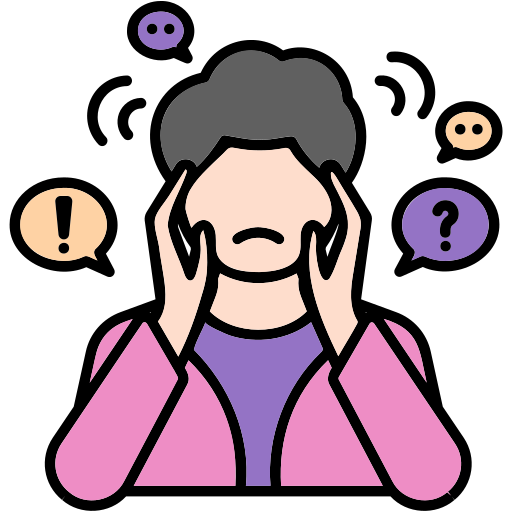 Signs of an anxiety
Signs of an anxiety 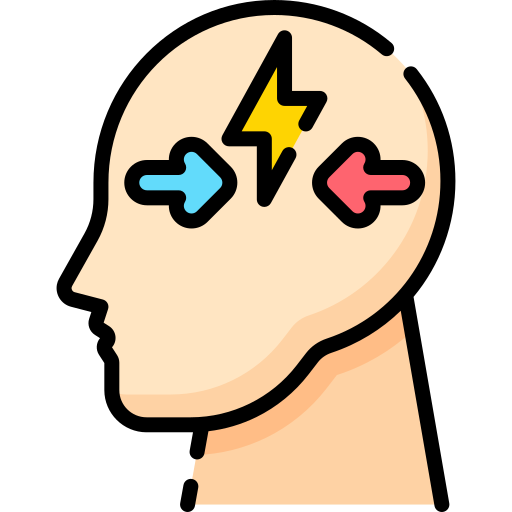 Anxiety attack
Anxiety attack  Panic attack
Panic attack 